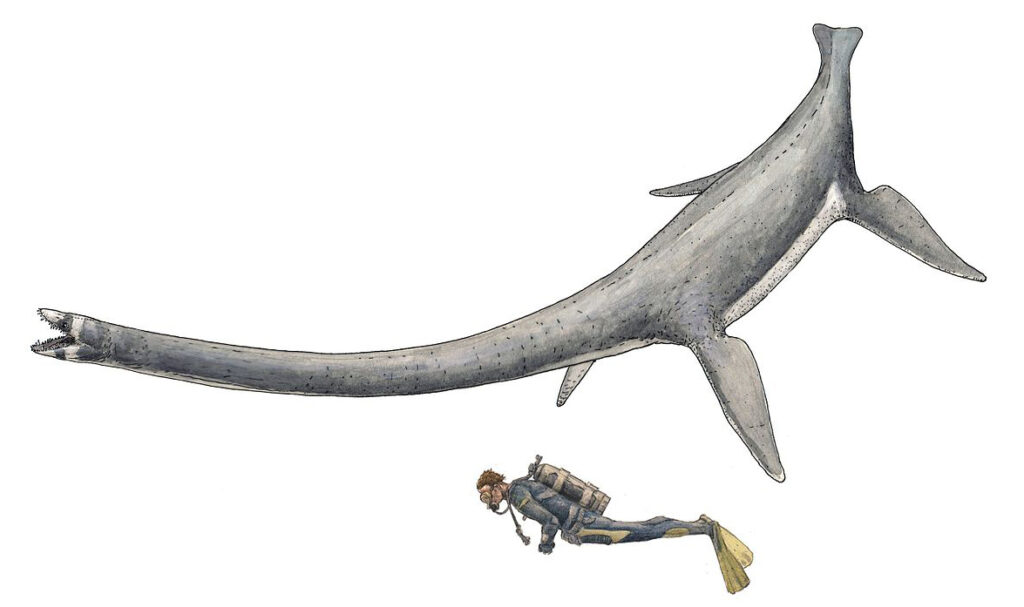Reassessment of the elasmosaurid Libonectes morgani

A Turonian plesiosaur with transatlantic dispersal
by Sven Sachs & Benjamin P. Kear
Libonectes morgani is an elasmosaurid plesiosaur, recovered from Turonian (early Late Cretaceous) strata of Texas (USA) and Morocco. The holotype specimen, SMU SMP 69120, housed in the Shuler Museum of Paleontology at the Southern Methodist University in Dallas (Texas, USA) is a partial skeleton that comprises a marvelously preserved skull, a nearly complete neck, some gastral ribs and gastroliths. Initially, also the pectoral girdle and some limb elements had been preserved, but these parts have been lost, probably when the collection moved into another building (Sachs & Kear, 2015).

SMU SMP 69120 was discovered and excavated sometime prior to the 1940s by Mr. T. W. Tidwell on Andy Anderson farm near Cedar Hill in Dallas County. It was eventually donated by Mr. Anderson to the Southern Methodist University. The initial description of the Texan elasmosaur was provided by Samuel P. Welles in 1949 as first part of a publication called „A new elasmosaur from the Eagle Ford Shale of Texas“.

Welles (1949) provided a description of the specimen and referred it to the genus Elasmosaurus as a new species, Elasmosaurus morgani. The species was named in honour of Mr. Charles G. Morgan who obtained and prepared the skeleton (Welles, 1949). The second part of the named publication was written in 1950 by Ellis W. Shuler (Shuler, 1950). This paper provided further descriptive notes, but also shows thin sections of gastroliths and additional photos, both of the excavation and of the initial preservation of the specimen. Today, these later photos are valuable, not only because some parts are now lost, but also because the specimen had since been acid prepared.

Welles‘ (1949) generic referral of the specimen to Elasmosaurus has been accepted until Carpenter (1997) established a new genus, Libonectes, for SMU SMP 69120. Carpenter (1997, 1999) also provided an idealized skull reconstruction of the skull.
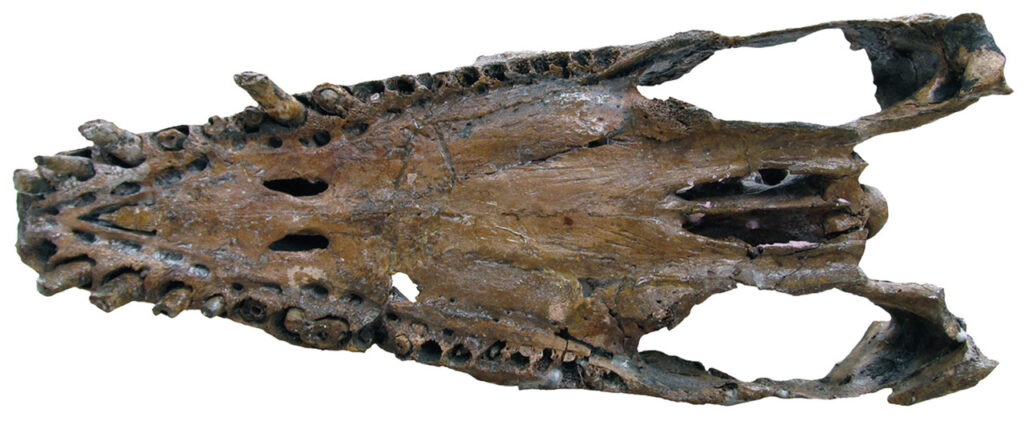
New Libonectes material was described by Buchy (2005). These specimens, an almost complete skeleton (SMNK-PAL 3978) and an isolated skull (SMNS 81783), likewise derive from Turonian strata, but from the Goulmima area in eastern Morocco. Both specimens were acquired from fossil dealers, the skeleton by the Staatliches Museum für Naturkunde (State Museum of Natural History) in Karlsruhe (Germany) and the second skull by the Staatliches Museum für Naturkunde in Stuttgart (Germany).

Buchy‘s (2005) study provided detailed comparisons of the new specimens with the holotype, but these relied on the literature and in particular the publications by Carpenter (1997, 1999). The differences that Buchy (2005) found, led her to establish a new species, Libonectes atlasense, for the Moroccan material.

Studies by Sven Sachs and Benjamin P. Kear
In 2013, we had the opportunity to study the Libonctes morgani holotype specimen in Dallas and we were amazed by the beautiful preservation of the fossil. Since the skull had been studied in some detail by various researchers (e.g. Carpenter 1997, 1999, Druckenmiller & Russell, 2006), our investigation focused on the postcranial skeleton. A reassessment was useful as the specimen reveals more details since it was acid prepared. The redescription was published in 2015 and we were able to provide a revised diagnosis for the species that included several new characters inferred from the axial skeleton (Sachs & Kear, 2015).


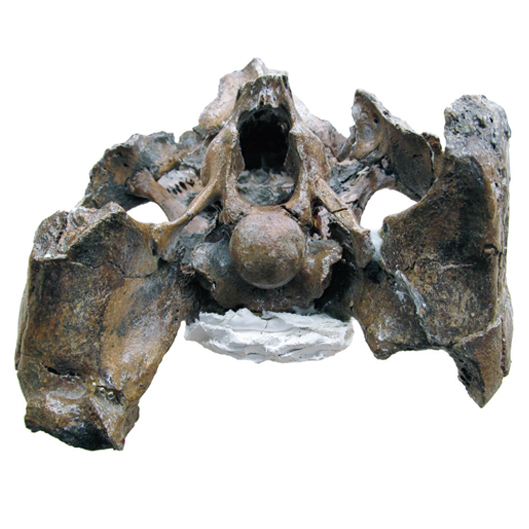
With the data from the holotype specimen at hand, we also studied the Libonectes atlasense material in Karlsruhe and Stuttgart. When Buchy described the Karlsruhe skeleton, it was mounted and some parts, in particular the girdle elements, could not be studied from all sides. During our visit in 2014 the skeleton was dismounted and placed in the museum‘s basement. In the course of our observation it became clear that the Moroccan specimens do not differ from the specimen we have seen in Dallas a year before. So the result of our study that was published in 2017 was that the Moroccan and Texas specimens represent the same species and that Libonectes had a transatlantic distribution (Sachs & Kear, 2017). One noticeable difference between the Texan and Moroccan skulls is that those from Morocco appear more gracile, which might be an indicator of a different sex.

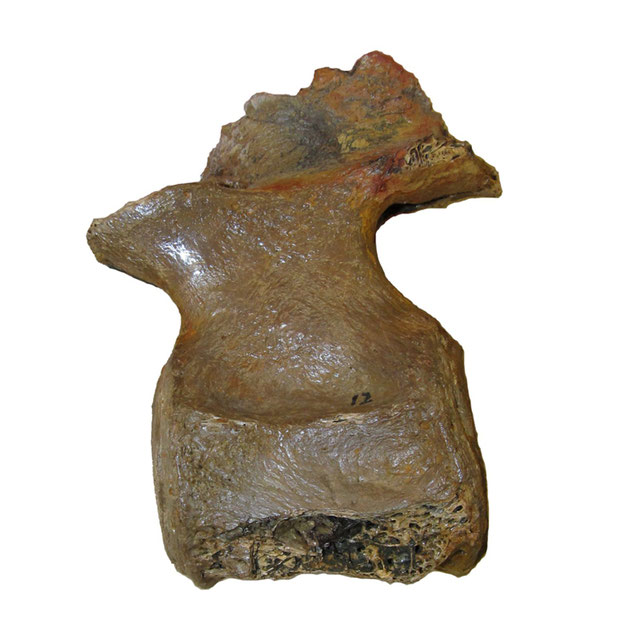
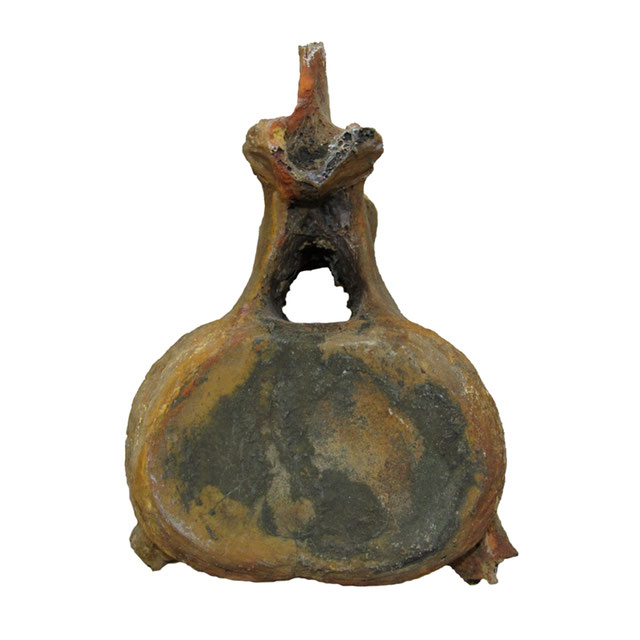
Other recent studies on Libonectes
Based upon the exquisitely preserved and undistorted skull of SMU SMP 69120, Ricardo Araújo & Michael J. Polcyn performed a biomechanical analysis and reconstructed the adductor chamber muscles (Araújo & Polcyn, 2013). Allemand et al. (2017a,b) presented a detailed description and three-dimensional digital reconstructions of the Stuttgart skull and yet undescribed Libonectes material from Morocco and bolstered the referral to Libonectes morgani.

Diagnostic characters of Libonectes morgani
Libonectes morgani can be distinguished from other elasmosaurs by a unique combination of anatomical characters (Sachs & Kear, 2015, 2017). This combination includes the presence of five premaxillary teeth; a heterodont maxillary dentition; amphicoelous anterior cervical vertebrae; presence of a medial pectoral and pelvic bar, the latter encloses a midline fenestration; formation a ‘prong-like’ ventral midline process at the coracoids, and the presence of an epipodial foramen that is enclosed by the radius and ulna.
Citations
- Allemand, R., Bardet, N., Houssaye, A. & Vincent, P. (2017a) Virtual reexamination of a plesiosaurian specimen (Reptilia, Plesiosauria) from the Late Cretaceous (Turonian) of Goulmima, Morocco, using computed tomography. Journal of Vertebrate Paleontology: 10.1080/02724634.2017.1325894.
- Allemand, R., Bardet, N., Houssaye, A. & Vincent, P. (2017b) New plesiosaurian specimens (Reptilia, Plesiosauria) from the Upper Cretaceous (Turonian) of Goulmima (Southern Morocco). Cretaceous Research 82: 83-98.
- Araújo, R. & Polcyn, M. J. (2013) A biomechanical analysis of the skull and adductor chamber muscles in the Late Cretaceous plesiosaur Libonectes. Palaeontologia Electronica 16: 1-25.
- Buchy, M.-C. (2005) An elasmosaur (Reptilia: Sauropterygia) from the Turonian (Upper Cretaceous) of Morocco. Carolinea 63: 5-28.
- Carpenter, K. (1997) Comparative cranial anatomy of two North American plesiosaurs. In: Callaway, J.M., Nicholls, E.L. (Eds.), Ancient Marine Reptiles. Academic Press, San Diego, pp. 191-216.
- Carpenter, K., (1999) Revision of North American elasmosaurs from the Cretaceous of the Western Interior. Paludicola 2, 148-173.
- Druckenmiller, P.S. & Russell, A.P. (2008) A phylogeny of Plesiosauria (Sauropterygia) and its bearing on the systematic status of Leptocleidus Andrews, 1922. Zootaxa 1863: 1-120.
- Sachs, S. & Kear, B.P. (2015) Postcranium of the paradigm elasmosaurid plesiosaurian Libonectes morgani (Welles, 1949). Geological Magazine 152: 694-710.
- Sachs, S. & Kear, B.P. (2017) Redescription of the elasmosaurid plesiosaurian Libonectes atlasense from the Upper Cretaceous of Morocco. Cretaceous Research 74: 205-222.
- Shuler, E.W. (1950) A new elasmosaur from the Eagle Ford Shale of Texas. Part II. The elasmosaur and its environment. The Fondren Science Series 1: 1-32.
- Welles, S.P. (1949) A new elasmosaur from the Eagle Ford Shale of Texas. Part I. Systematic description. Fondren Science Series 1: 1-28.
